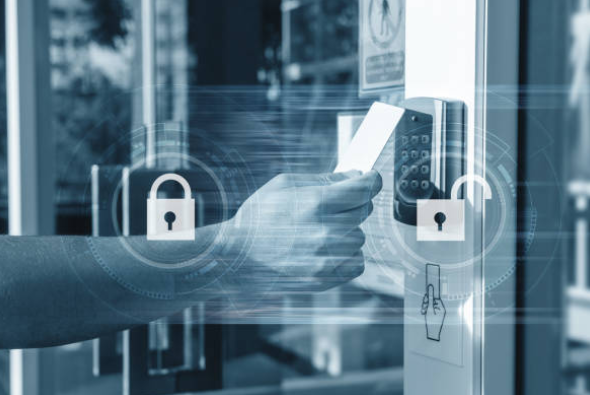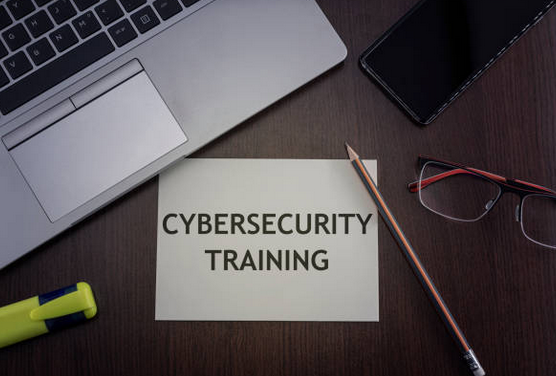In an era where digital security is paramount, effective certificate management stands as a cornerstone of safeguarding sensitive data and maintaining trust in online interactions. Digital certificates play a crucial role in establishing secure connections, authenticating identities, and ensuring the confidentiality and integrity of data exchanged over networks.
However, managing certificates across diverse environments can be complex and challenging. From SSL/TLS certificates securing websites to code signing certificates validating software integrity, organizations face the task of overseeing a multitude of certificates while ensuring compliance, mitigating risks, and minimizing operational disruptions.
Inventory and Discovery
- Start by creating an inventory of all certificates in use across your organization.
- Utilize automated discovery tools to identify certificates across networks, devices, and services.
- Regularly update the inventory to track new certificates and remove expired or unused ones.
Automation

- Implement automation tools and workflows for certificate issuance, renewal, and revocation.
- Leverage certificate management platforms that support APIs for integration with existing systems.
- Automate certificate lifecycle management to reduce manual errors and streamline operations.
Centralized Management

- Use a centralized certificate management platform to consolidate all certificates in one location.
- Ensure that the platform provides features for monitoring, reporting, and policy enforcement.
- Centralized management simplifies oversight, improves visibility, and enhances control over certificate activities.
Monitoring and Alerts

- Set up monitoring systems to track certificate expiration dates, key sizes, and vulnerabilities.
- Configure alerts for imminent certificate expirations, misconfigurations, or security incidents.
- Proactive monitoring helps prevent service disruptions and ensures continuous compliance.
Regular Audits and Reviews

- Conduct periodic audits of certificate usage, configurations, and compliance with policies.
- Review certificate authority (CA) relationships and certificate issuance practices.
- Identify areas for improvement and address any anomalies or non-compliance issues promptly.
Security Controls

- Implement strong security controls for protecting private keys, such as hardware security modules (HSMs) or key management systems.
- Enforce secure protocols and encryption algorithms to mitigate vulnerabilities.
- Consider implementing certificate transparency logs for increased transparency and accountability.
Employee Training and Awareness

- Provide training to IT staff on certificate management best practices and security protocols.
- Raise awareness among employees about the importance of certificates and their role in maintaining security.
- Encourage a culture of vigilance and responsibility towards certificate management practices.
Effective certificate management is not just a necessity but a strategic imperative in today’s digital age. By implementing best practices such as inventory management, automation, and proactive monitoring, organizations can mitigate risks, ensure compliance, and bolster their security posture.
As technology continues to evolve and threats become more sophisticated, the importance of certificate management will only grow. Organizations need to prioritize this aspect of cybersecurity, invest in the right tools and processes, and cultivate a culture of vigilance and responsibility.
By embracing effective certificate management practices, organizations can build a strong foundation for secure and trustworthy digital interactions, safeguarding valuable assets and maintaining the trust of customers and stakeholders alike.
If you want to learn more about certificate management, contact us at https://www.netrust.net/contact-us/ now.
Follow us on LinkedIn for the latest happenings/updates.



